Virtual Therapy: Powerful Option for Mental Health Care
Your Guide to Understanding and Using Virtual Therapy
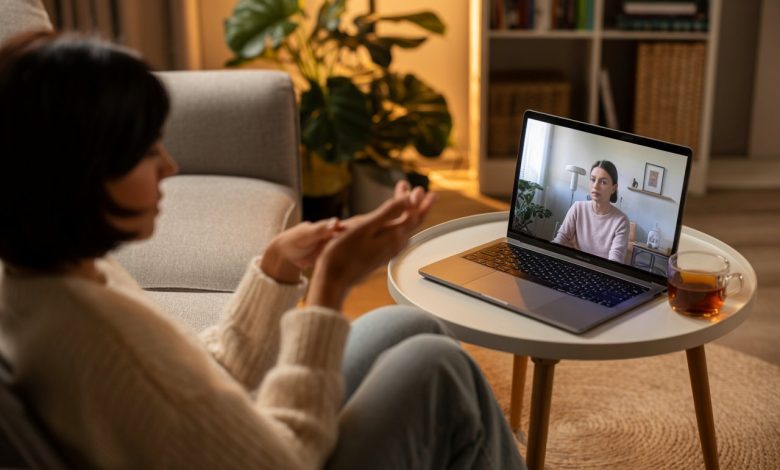
Virtual therapy is changing how people get mental health help. With technology, you can talk to a therapist from your home, office, or anywhere with the internet. But is virtual therapy as good as seeing a therapist in person? This article will explain what virtual therapy is, how it works, and whether it can really help you. We will also answer common questions and provide tips for getting the most out of your sessions—all in simple, easy-to-understand English.
What Is Virtual Therapy?
Virtual therapy means talking to a therapist using the internet. This can be done through video calls, phone calls, or even text messages. The main idea is that you and your therapist connect online instead of meeting face-to-face in an office. Virtual therapy is sometimes called online therapy, teletherapy, or telehealth.
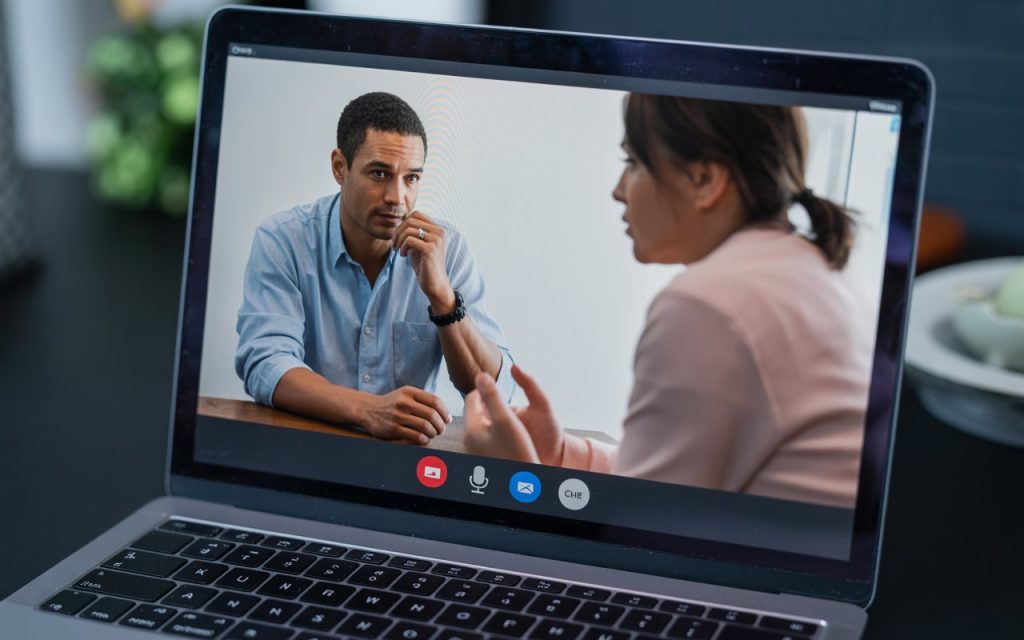
How Does Virtual Therapy Work?
Virtual therapy works much like traditional therapy, but with a few key differences:
- Video Calls: Most virtual therapy sessions happen over video, using apps like Zoom, Skype, or special therapy platforms.
- Phone Calls: Some people prefer talking on the phone, especially if they don’t have a good internet connection.
- Text or Chat: A few therapists offer therapy through text messages or chat apps. This is less common but can be helpful for people who are shy or busy.
During a virtual therapy session, you and your therapist talk about your feelings, thoughts, and challenges—just like you would in person.
Benefits of Virtual Therapy
There are many reasons why people choose virtual therapy:
1. Convenience
You can have therapy from anywhere—your home, office, or even a quiet park. This saves time and makes it easier to fit therapy into your schedule.
2. Access
People who live far from therapists or have trouble leaving their homes can get help more easily. Virtual therapy is especially helpful for people in rural areas or with disabilities.
3. Comfort
Some people feel more relaxed and open when they are in their own space. This can make it easier to talk about difficult topics.
4. Privacy
You don’t have to worry about running into someone you know at a therapist’s office. Virtual therapy lets you keep your sessions private.
5. Cost
Sometimes, virtual therapy costs less than in-person therapy. Many insurance plans now cover online sessions.

Challenges of Virtual Therapy
While virtual therapy has many benefits, it also has some challenges:
1. Technology
You need a good internet connection and a device like a computer, tablet, or smartphone. Technical problems can interrupt your session.
2. Privacy Concerns
You must use secure platforms to keep your information safe. Not all apps are private or secure.
3. Limited Non-Verbal Cues
Therapists may miss some body language or facial expressions during video calls. This can make it harder to understand how you are feeling.
4. Not for All Conditions
Some serious mental health issues, like severe depression or psychosis, may need in-person care. Virtual therapy is not always the best choice for everyone.
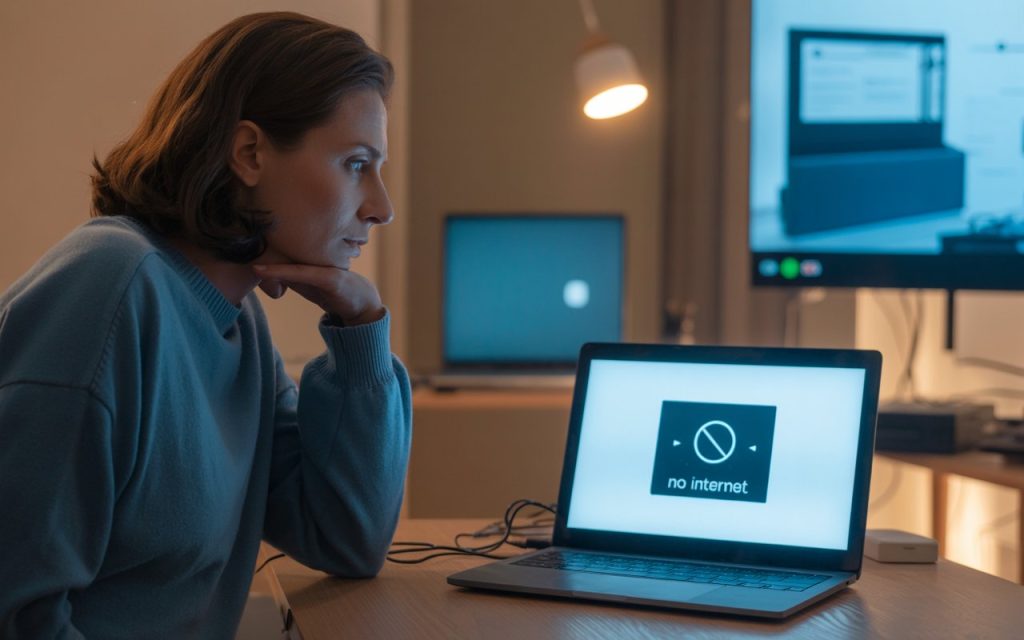
How Effective Is Virtual Therapy?
Many studies have looked at whether virtual therapy works as well as in-person therapy. The results are clear: for most common mental health problems, virtual therapy is just as effective as meeting a therapist in person. This includes conditions like:
- Anxiety
- Depression
- Stress
- Relationship problems
- Grief and loss
For these issues, people who use virtual therapy often see the same improvements as those who go to in-person sessions.
Table: Virtual Therapy vs. In-Person Therapy
| Feature | Virtual Therapy | In-Person Therapy |
|---|---|---|
| Location | Anywhere with internet | Therapist’s office or clinic |
| Convenience | High | Lower |
| Cost | Often lower | Often higher |
| Privacy | High if secure platform used | High |
| Non-verbal cues | Limited | Full |
| Access | Good for remote or disabled people | Limited by location |
| Effectiveness | Similar for many conditions | Similar for many conditions |
Who Can Benefit Most from Virtual Therapy?
Virtual therapy is a great option for many people, especially:
- People with busy schedules
- Those who live far from therapists
- People with mobility or health issues
- Those who prefer privacy
- Parents with young children
- Students and young adults

Who Might Need In-Person Therapy?
Virtual therapy is not always the best choice. In-person therapy may be better for:
- People with severe mental health conditions
- Those who need physical exams or tests
- People who are uncomfortable with technology
- Those who feel unsafe at home
How to Prepare for Virtual Therapy
To get the most out of your virtual therapy sessions, follow these tips:
- Find a quiet, private place where you won’t be interrupted.
- Test your internet and device before your session.
- Be ready to share your feelings openly—just like you would in person.
- Have a list of questions or topics you want to discuss.
- Use headphones for better sound and privacy.
- Make sure your device is charged or plugged in.
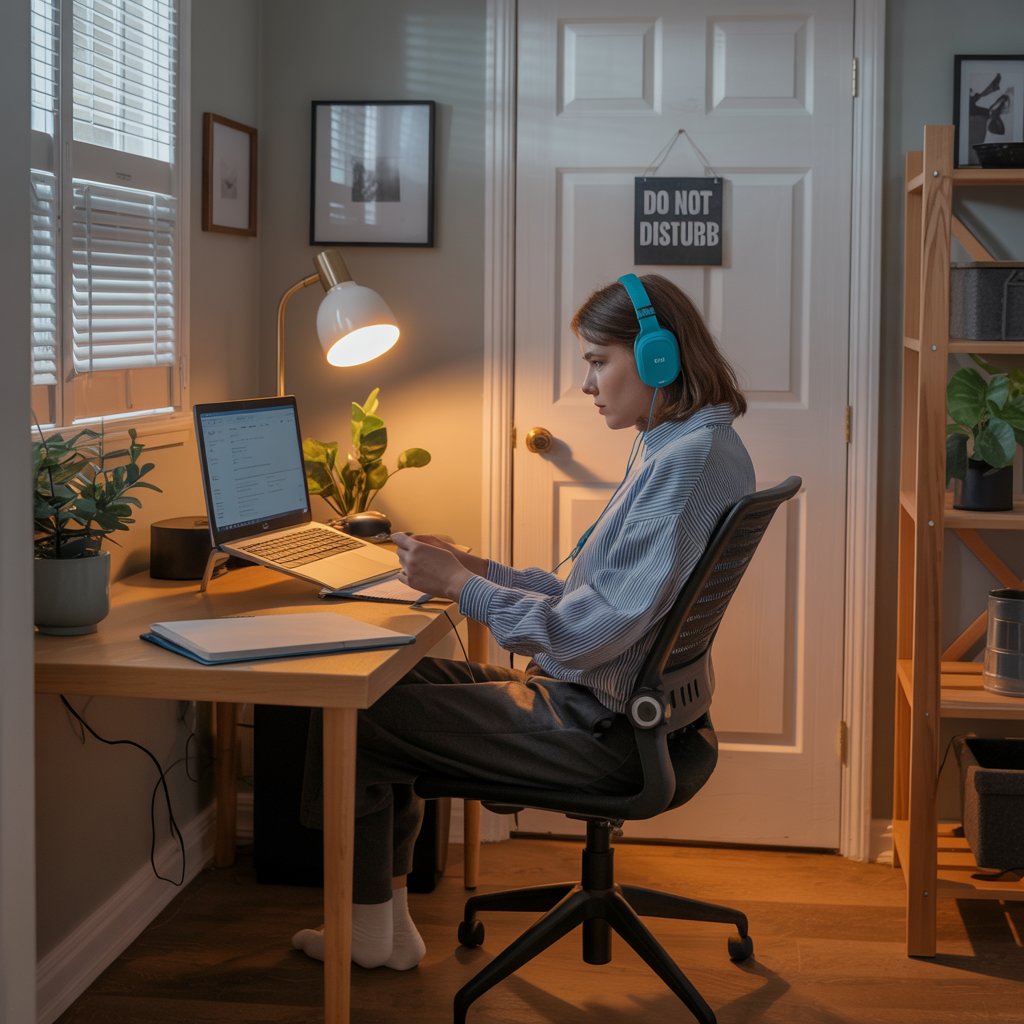
Frequently Asked Questions (FAQs)
Q: Is virtual therapy as good as in-person therapy?
A: For most common mental health problems, yes. Research shows similar results for anxiety, depression, and stress.
Q: What if I don’t have a good internet connection?
A: You can try phone therapy or find a place with better internet.
Q: Is virtual therapy private?
A: Yes, if you use secure platforms and a private space.
Q: Can virtual therapy help with serious mental illness?
A: Sometimes, but in-person care may be better for severe cases.
Q: How do I find a good virtual therapist?
A: Look for licensed professionals with good reviews and experience.
Q: How long are virtual therapy sessions?
A: Usually 45–60 minutes, similar to in-person sessions.
Q: Can I use insurance for virtual therapy?
A: Many insurance plans cover virtual therapy, but check with your provider.
Q: What if I don’t like virtual therapy?
A: You can switch to in-person therapy or try a different therapist.
Real-Life Examples
- Maria, 32: Maria lives in a small town with no therapists nearby. She started virtual therapy for anxiety and found it just as helpful as the in-person therapy she had in college.
- James, 45: James has a busy job and two kids. He uses virtual therapy to fit sessions into his schedule.
- Lisa, 28: Lisa is shy and feels more comfortable talking to her therapist from home.
The Future of Virtual Therapy
Virtual therapy is here to stay. More and more therapists are offering online sessions, and insurance companies are covering them. As technology improves, virtual therapy will become even easier and more effective.

How to Make the Most of Virtual Therapy
- Be honest with your therapist about how you feel and what you need.
- Try different formats—video, phone, or text—to see what works best for you.
- Set goals for your therapy and track your progress.
- Ask questions if you’re unsure about anything.
The Role of Technology in Mental Health
Technology is making mental health care more accessible than ever. Virtual therapy is just one example of how the internet can help people get the support they need, when they need it.
The Importance of Privacy and Security
Always use secure, private platforms for virtual therapy. Check that your therapist uses encryption and follows privacy laws. Never share personal information on public or unsecured networks.
Who Should Consider Virtual Therapy?
If you are struggling with your mental health and want help, virtual therapy is a great option to consider. It is especially helpful if you:
- Have trouble getting to a therapist’s office
- Live in a remote area
- Have a busy schedule
- Prefer the privacy of your own home
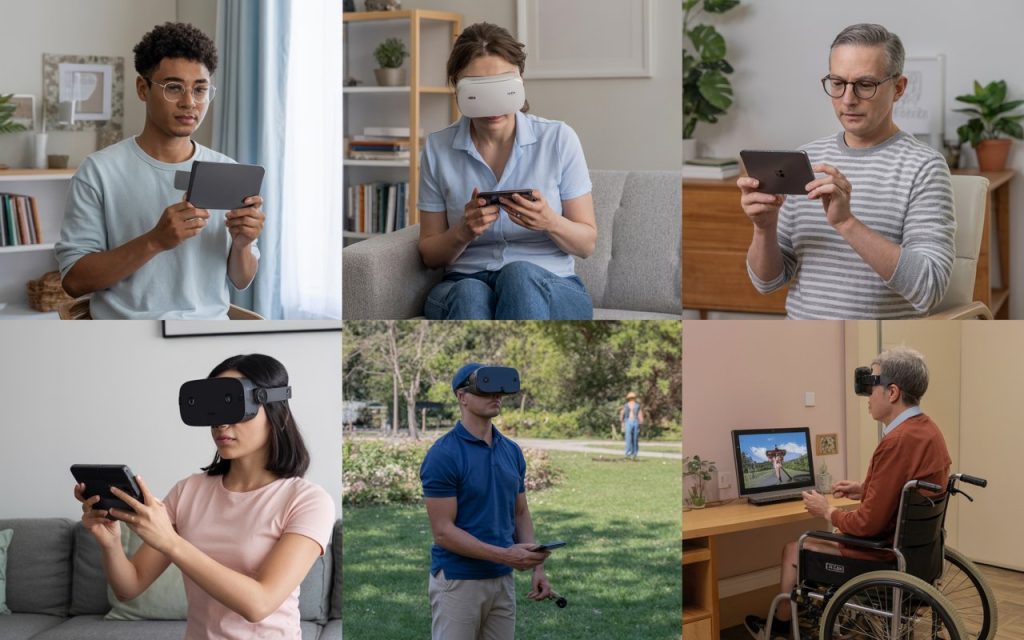
How to Find a Virtual Therapist
- Ask your doctor or insurance company for recommendations
- Look for licensed therapists on reputable websites
- Read reviews and check credentials
- Schedule a first session to see if you feel comfortable
What to Expect in a Virtual Therapy Session
- You will talk to your therapist just like in person
- You can see and hear each other on the screen
- You can choose to use video, phone, or text
- Sessions are private and confidential
How to Know If Virtual Therapy Is Right for You
- Try a session and see how you feel
- Talk to your therapist about your concerns
- Be open to trying different formats
The Impact of Virtual Therapy on Mental Health Care
Virtual therapy is making mental health care more accessible and convenient. It is helping people who might not otherwise get help to connect with therapists and improve their lives.

How to Stay Safe and Secure Online
- Use strong passwords
- Only use secure, private platforms
- Don’t share personal information with strangers
- Keep your device updated
How to Get Started with Virtual Therapy
- Find a licensed therapist who offers online sessions
- Schedule your first appointment
- Prepare your space and test your technology
- Be open and honest during your session
The Benefits of Virtual Therapy for Different Groups
- Students: Easy to fit into busy schedules
- Parents: Can have sessions while children are at school or sleeping
- Older adults: Can get help without leaving home
- People with disabilities: Accessible and convenient
How to Overcome Challenges with Virtual Therapy
- Test your technology before your session
- Find a quiet, private space
- Talk to your therapist about any concerns
- Try different formats if one doesn’t work for you

The Role of Virtual Therapy in Crisis Situations
Virtual therapy can be a lifeline during crises, such as natural disasters or pandemics. It allows people to get help even when they can’t leave their homes.
How to Build a Good Relationship with Your Virtual Therapist
- Be honest and open
- Ask questions
- Give feedback about what works and what doesn’t
- Set goals together
Conclusion
Virtual therapy is a powerful and convenient way to get mental health care. It offers many benefits and can be just as effective as in-person therapy for most people. While there are some challenges, with the right preparation and therapist, virtual therapy can help you improve your mental health from the comfort of your home. If you’re considering therapy, virtual therapy is a great option to try.




